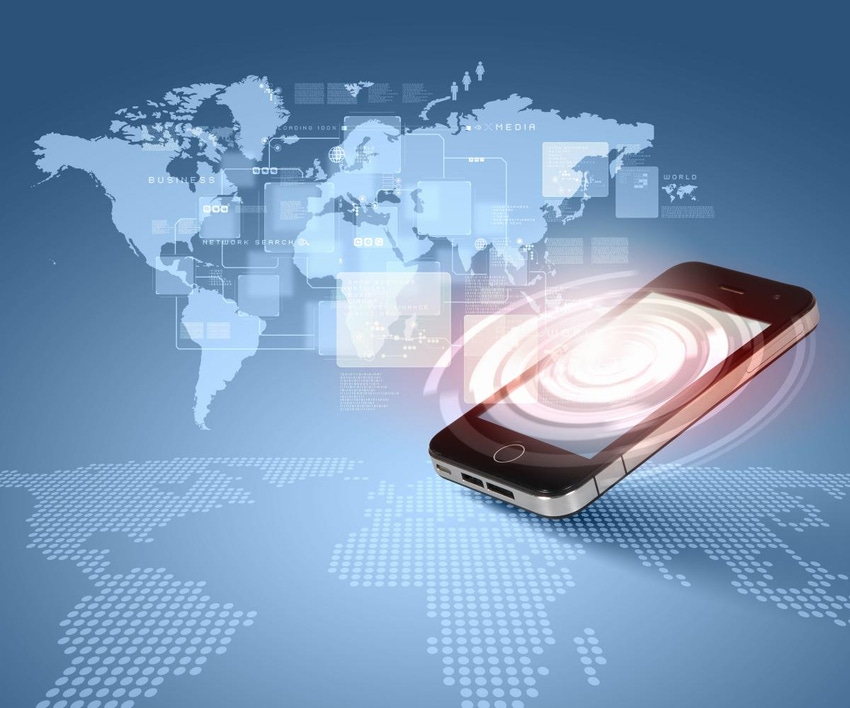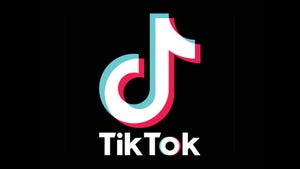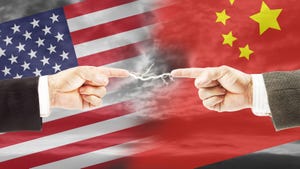Machine learning meets personalisation: what it means for today’s operators
Telco marketers have the tough task of growing revenue and improving loyalty as competitive pressure intensifies. Marketing teams run as many campaigns as possible. They use business intelligence tools to hunt for new customer segments. They develop and deploy targeting rules, and they perform A/B tests to run experiments. Yet as time goes on, they realize that their testing and optimization tools have produced diminishing returns.
April 16, 2015

Telecoms.com periodically invites expert third-party contributors to submit analysis on a key topic affecting the telco industry. In this article, Lara Albert, VP of Global Marketing for Globys, discusses how telcos can benefit from machine learning and behavioural trend analysis.
Telco marketers have the tough task of growing revenue and improving loyalty as competitive pressure intensifies. Marketing teams run as many campaigns as possible. They use business intelligence tools to hunt for new customer segments. They develop and deploy targeting rules, and they perform A/B tests to run experiments. Yet as time goes on, they realize that their testing and optimization tools have produced diminishing returns.
This scenario is all too common for today’s mobile operator. To improve customer experience and generate sustained revenue growth, marketers must systematically determine the right proposition to execute in the right context for the right customer. Yet, most marketers don’t have the tools to explore and analyze all of the options for engaging a customer. At the same time, marketers lack the ability to learn about behavior and response in a way that scales to millions of customers and thousands of marketing campaigns.
Introduce machine learning to personalization, however, and operators gain access to entirely new insights and capabilities that drive higher performance marketing and a faster path to revenue growth.
Unlocking new revenue opportunities
Every operator knows that by optimizing customer experiences you’re able to unlock revenue opportunities. Determining the best product or service offer for an individual customer at the right time means increased relevancy and the opportunity to deepen engagement and increase revenues. However, the traditional campaign process, because it’s manual, slow, and impossible to scale, places limitations on how many customer experience options can be explored, how many targeting rules can be developed, and the number of variables that can be analyzed.
Machine learning removes these limitations, taking advantage of the huge amounts of customer data and hundreds of variables to analyze to unlock the revenue potential of personalization and optimization. Still in its early stage of adoption among telco providers, personalization via machine learning is proven to transform how campaigns are developed and run leading to transformative results around revenue and retention.
Given what it means for today’s mobile operator, let’s look at how machine learning works when applied to personalization.
Test all possible variants
Personalization powered by machine learning starts with a scientific approach to determining what works best for which customers in what contexts. For the operator this translates to rapid testing of thousands of permutations of messages and offers via a machine. First, data is gathered about the customer and then enriched. Consider that for a given customer you may have the network of people they call, their frequency of usage, their social connections, the balance they’ve consumed, the propensity they will churn, etc. Then there is everything that is known about all potential experiences – offers, messages, incentives, creative, etc. and how those have performed in the past.
Experimentation takes place without any assumptions being made, e.g., this incentive is likely to work for these types of customers, this message tone will be preferred, this behavior is the best trigger for this offer, Friday is the best day to deliver this message, etc. Instead the machine tests all possible variants of messages, offers and incentives against all customer types and contexts. Each experiment is run against small but statistically-relevant groups of customers to determine the impact of a specific experience on the KPI being measured relative to a control group. The use of control groups ensures that incremental value is measured.
Learn which attributes matter
Next there is learning based on the customer feedback. Once experimentation begins, the machine learning allows for automatic discovery of which customer or execution attributes are relevant in terms of impact on the KPIs being measured. These attributes can be related to the customer and their behavior — their purchases, usage, balance, social contacts, demographics, etc. They can be experience related – the specific offer, message, incentive, creative, etc. They can also relate to how the experience is executed – the time, day, channel utilized, etc.
With machine learning you find correlations with any attributes and performance outcomes. The traditional campaign process typically only correlates performance with the attributes that were used for targeting i.e., the small sets of attributes that define a white list or are exported to a campaign management system. In contrast, a machine learning approach leads to new types of insights for the marketer that otherwise would not be possible.
Execute the optimal customer experience
Finally there is the execution of optimal experiences for each customer based on the actual learning of which attributes are relevant and the scoring of experiences based on probabilities. On a per customer basis decisions are made according to what is the optimal experience to execute for a given context given its expected impact on customer lifetime value. Using this approach, informed decisions are made automatically, and as data about customer interactions is gathered and customer behavior changes, the probabilities are updated. As a result, the machine learning accounts for changes in customer behavior.
Automatic discovery of optimal targeting
The power of personalization fueled by machine learning is that it completely eliminates the process of manually developing and managing targeting rules. Instead the conditions and contexts for optimal targeting are automatically discovered, and as a result, personalized customer experiences are executed with granularity and scale that’s not possible with traditional personalization, testing and business intelligence tools.
For an operator in EMEA, after only 90 days, machine learning had found 2620 customer segments, defined by up to 184 different targeting criteria. How many operators market to customer segments that are defined by up to 184 targeting conditions? By continuously finding new segments, no matter how small, and defining highly granular targeting, machine learning delivers unparalleled lift.
In addition to improved granularity, machine learning allows for testing at enormous scale. An operator in the Americas went from testing 10s of different customer experience variants to over 6,000 permutations in less than four months. How many operators have the capability to go from testing 10 experience variants to 1000s in a matter of weeks without increasing the number of contacts per customer? How many customer experiences are ignored that may drive higher lift?
What machine learning and personalization mean for operators is significant. Results demonstrate that with a machine learning approach to running personalized campaigns, operators can achieve a 3-5 percent incremental improvement in total annual revenue. Given the impact, it’s time that operators evolve their marketing to include machine learning capabilities or risk missing the next wave of tremendous growth.

Lara Albert is VP of Global Marketing for Globys. With fifteen years of experience in marketing and strategy at companies including Kraft, America Online, VeriSign’s Billing and Commerce, etc., Lara has a unique perspective in that (as a seasoned marketing executive, and based on her work for Globys) she works hand-in-hand with CMOs who advise CIOs about their data-driven marketing initiatives.
Read more about:
DiscussionAbout the Author(s)
You May Also Like











_1.jpg?width=300&auto=webp&quality=80&disable=upscale)


.png?width=800&auto=webp&quality=80&disable=upscale)